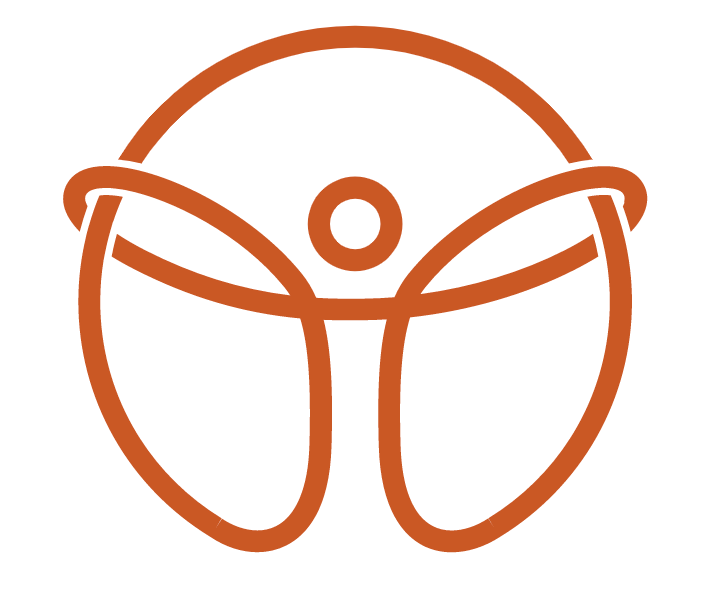The Impact of Point-of-Care Diagnostic Ultrasound on Achilles Tendinopathy Rehabilitation
Achilles tendinopathy is a common condition characterized by pain, swelling, and impaired function of the Achilles tendon. It often affects athletes and active individuals, leading to significant downtime and a lengthy rehabilitation process. One of the key developments in the management of this condition has been the use of point-of-care (POC) diagnostic ultrasound. This technology has revolutionized how Achilles tendinopathy is diagnosed and treated, offering several benefits that improve patient outcomes and streamline the rehabilitation process.
Early and Accurate Diagnosis
One of the primary advantages of POC diagnostic ultrasound is its ability to provide real-time, dynamic imaging of the Achilles tendon. Unlike traditional imaging methods like MRI, ultrasound can be performed at the point of care, allowing clinicians to make an immediate diagnosis. This early detection is crucial for implementing effective treatment strategies before the condition worsens. With POC ultrasound, clinicians can identify specific changes in the tendon, such as thickening, disorganization of fibers, and increased vascularity, which are indicative of tendinopathy. This precise imaging helps in distinguishing between different types of tendon injuries, such as tendinitis, tendinosis, and partial tears, enabling more targeted interventions.
Personalized Rehabilitation Plans
The detailed imaging provided by POC ultrasound allows for the development of personalized rehabilitation plans. By assessing the severity and specific characteristics of the tendinopathy, clinicians can tailor interventions to the patient’s needs. For instance, the degree of tendon thickening or the presence of neovascularization can guide decisions on whether to focus on eccentric exercises, shockwave therapy, or other modalities. Moreover, POC ultrasound enables continuous monitoring of the tendon during rehabilitation. Clinicians can regularly assess tendon healing and make adjustments to the rehabilitation program based on the patient’s progress. This dynamic approach ensures that the rehabilitation plan remains aligned with the patient’s recovery, potentially reducing the overall time required for rehabilitation.
Immediate Feedback and Patient Engagement
POC ultrasound offers the unique advantage of providing immediate feedback during the rehabilitation process. Patients can visualize their tendon on the ultrasound screen, which helps them understand the extent of their injury and the importance of adhering to the prescribed rehabilitation plan. This visual feedback can be a powerful motivator, encouraging patients to engage more fully in their rehabilitation. Additionally, seeing real-time improvements in tendon structure as a result of their efforts can boost patient confidence and adherence to the program. The ability to directly observe the impact of specific exercises or treatments on tendon healing can also enhance the therapeutic relationship between the clinician and the patient, fostering a more collaborative approach to rehabilitation.
Reducing the Risk of Re-Injury
One of the key goals of Achilles tendinopathy rehabilitation is to prevent re-injury. POC ultrasound plays a vital role in achieving this by allowing clinicians to assess the readiness of the tendon to return to activity. Before resuming full athletic activities, the tendon can be evaluated to ensure that it has adequately healed and regained its normal structure. This reduces the risk of premature return to sport, which is a common cause of re-injury. By ensuring that the tendon is fully rehabilitated, POC ultrasound helps athletes and active individuals return to their activities with greater confidence and a lower risk of setbacks.
The integration of point-of-care diagnostic ultrasound in the management of Achilles tendinopathy has had a profound impact on rehabilitation outcomes. Its ability to provide real-time, detailed imaging enables early diagnosis, personalized treatment plans, immediate feedback, and ongoing monitoring of tendon healing. As a result, patients benefit from more effective and efficient rehabilitation, with a reduced risk of re-injury. The use of POC ultrasound represents a significant advancement in the field of sports medicine and rehabilitation, offering a powerful tool to enhance patient care and recovery in those suffering from Achilles tendinopathy.

